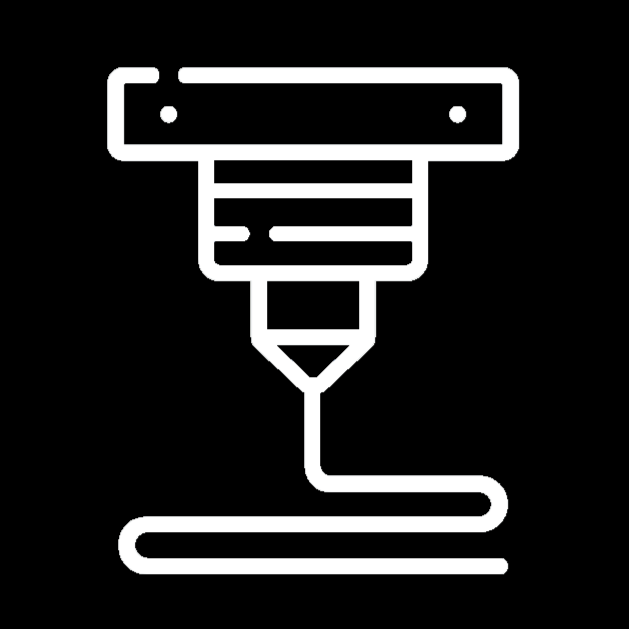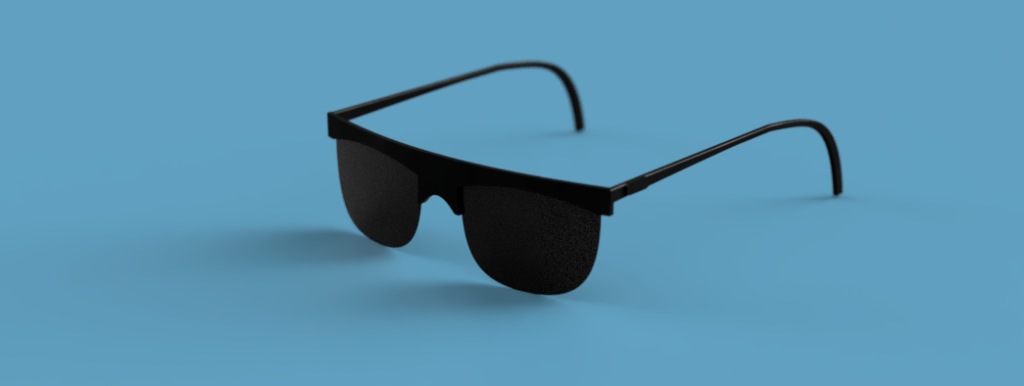What is CAD?
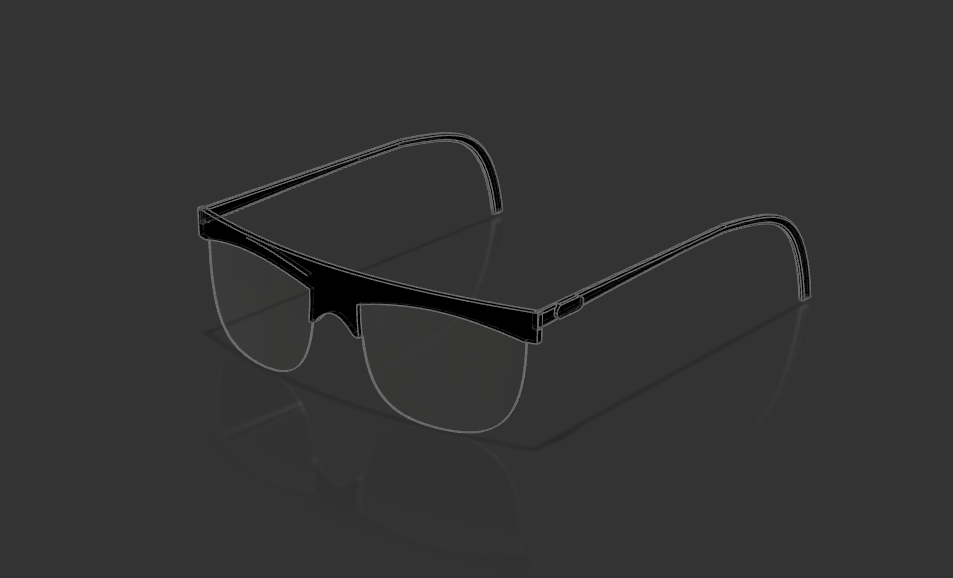
All manufactured objects in this world came from a simple idea. However, ideas don’t form into objects/products right away. It is essential to understand how an object is designed before starting the manufacturing process. Every physical product on the market, no matter what the product is, uses CAD to design the object before manufacturing.
CAD stands for “Computer-aided design” and is most often operated through software. These softwares include tools that allow engineers to design, visualize, and simulate three-dimensional objects from their computers. Engineers design objects using CAD to use as a “template” for the manufacturing processes that follow the design. Simulations are used to test models for different tolerances. This helps engineers test their design and how it reacts to factors like heat, aerodynamics, fluids, static and dynamic stress, motion, and more.
All forms of engineering require immense accuracy and precision. For this reason, all CAD softwares include very accurate and precise tools for almost all forms of engineering, including the use of precise measurements for almost any action. The accuracy of these tools is often what defines how reliable different softwares are.
What are 3D Modeling Softwares?
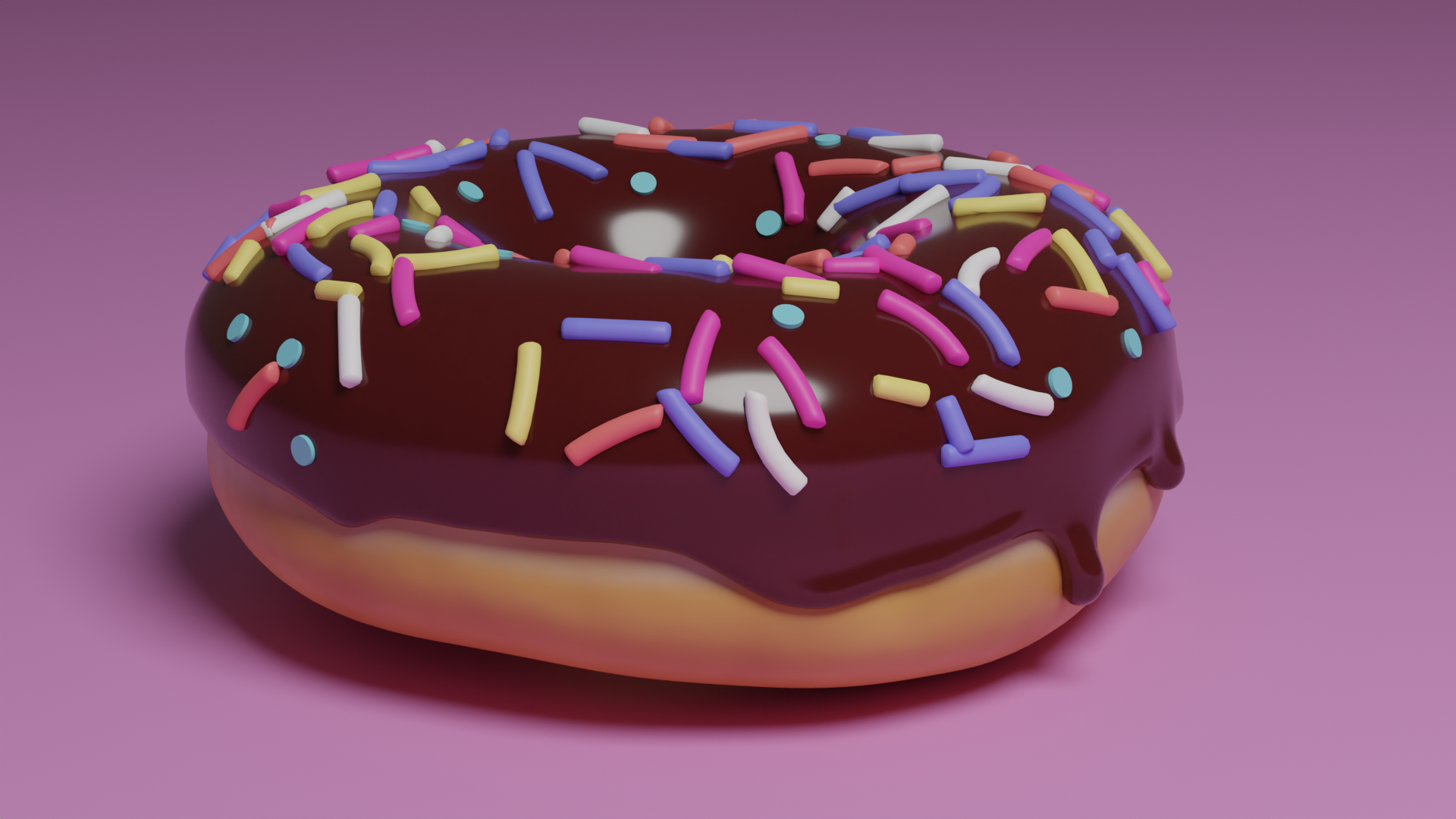
3D modeling softwares are similar to CAD softwares as they are also used to design objects for manufacturing. However, the purposes and abilities of 3D modeling softwares differ from CAD softwares.
While CAD focuses on designing three-dimensional objects for engineering, 3D modeling focuses on expressing three-dimensional objects in the form of art. For that reason, 3D modeling softwares include tools that aren’t as precise or accurate as CAD tools, yet work better for artists rather than engineers.
Many features included in 3D modeling include object sculpting, shading and coloring, rigging and animation, lighting, rendering, and more. These tools make it easier for artists to create objects, apply colors, shaders, and animations to transform those objects into their own form of art and render the object to get a high-quality final result.
The many artistic tools and features that 3D modelling softwares include makes them very efficient for many industries. While CAD is used for engineering practices, 3D modelling softwares are used for animated films, video games, advertisements, visual effects, and many other industries.
What is 3D Modeling/CAD used for?
Automotive Engineering
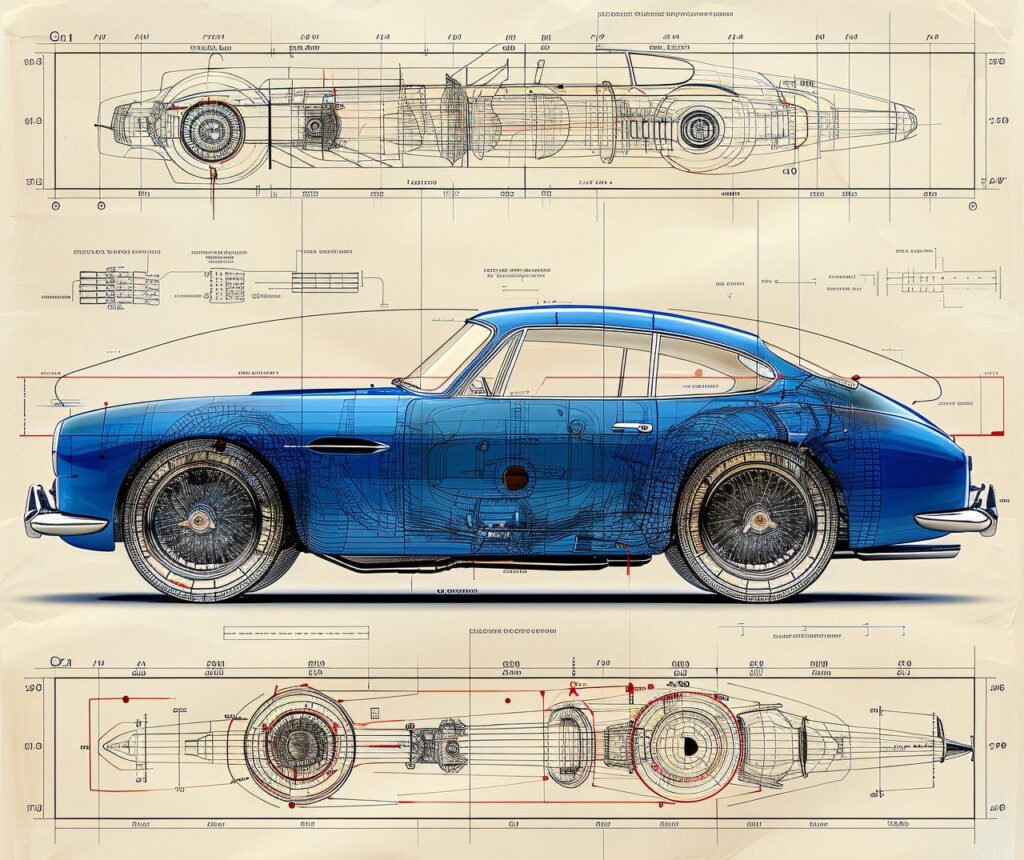
Automotive engineering is the practice of designing and manufacturing vehicles and the systems within automotive vehicles. Engineers use CAD to design different components of systems within a vehicle. They also use computer simulations to run tests regarding heat, aerodynamics, fluid dynamics, motion, and other factors that influence an automobile’s performance.
Civil Engineering
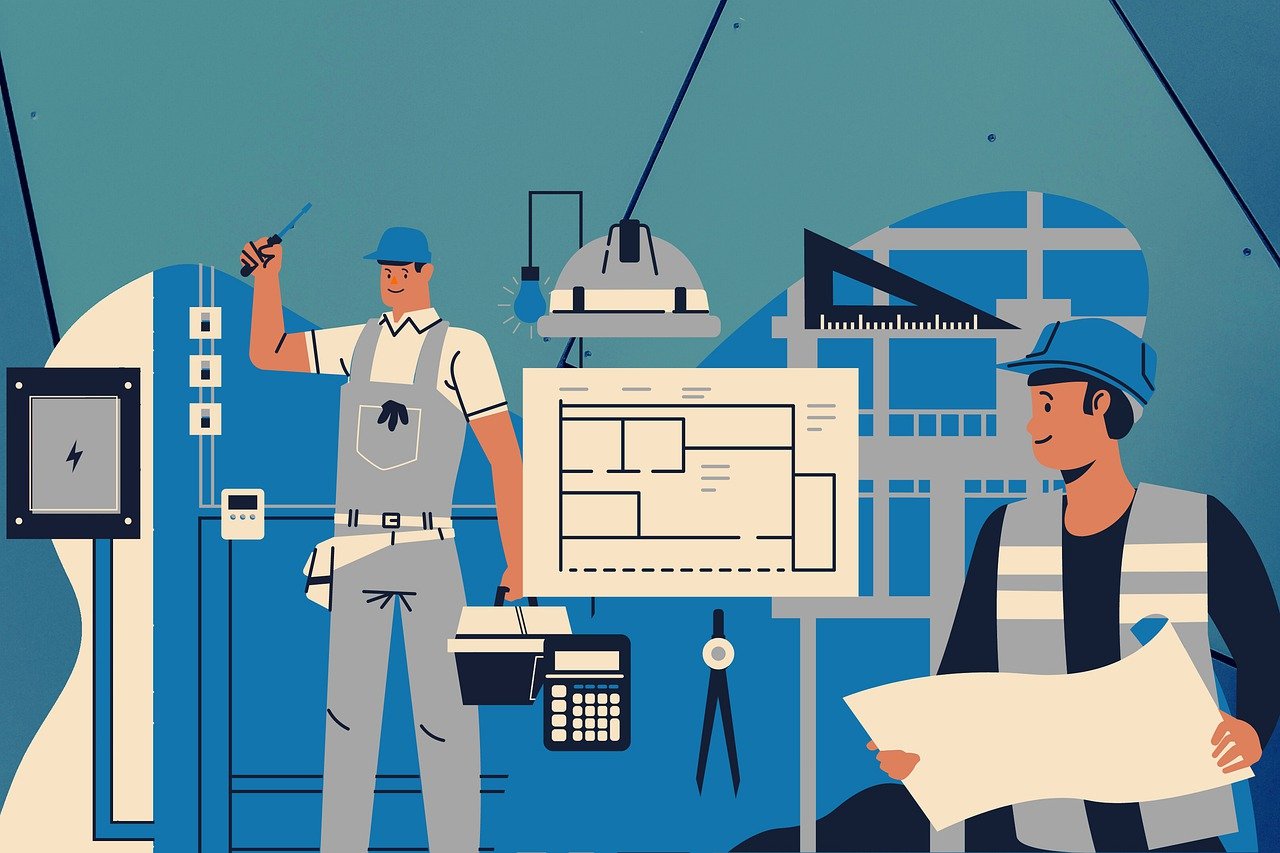
Civil engineering is the practice of designing projects involving city infrastructure and development to withstand natural disasters. These projects include roadways, bridges, tunnel systems, sewage systems, railroads, and many other city elements. In civil engineering, CAD is used to design and map out pathways and infrastructure, incorporating key elements listed before. Engineers use computer simulations to test the motion, functionality, and stability of different infrastructure systems to pinpoint the most reliable model before construction.
Architecture

Architecture is the practice of designing stable buildings and other structures. These projects range from simple homes to massive buildings and skyscrapers. Architects use CAD to design the interior and exterior of buildings and structures, ensuring that they are safe and stable. They ensure stability by using computer simulations to run tests on different buildings, simulating tolerances, stress, and other factors that influence the safety of a building.
Aerospace Engineering

Aerospace engineering is the practice of creating components and systems for aircrafts, spacecrafts, and other related equipment. Most of the time, these are planes, jets, space shuttles, and other aircrafts. In aerospace engineering, CAD is used to design aircrafts by designing different working components and assembling them to create planes and space shuttles. Engineers test the stability and efficiency of these aircrafts using computer simulations, testing models on stress, aerodynamics, motion, and other factors that affect an aircraft’s safety.
Film and Game Development
All industries listed before, and many more that haven’t been mentioned, are industries that fall under engineering. For this purpose, CAD is used in these industries to ensure precision and accuracy when designing and simulating models and products. However, the animated film and game development industries use 3D modeling software that is better suited for artistic modeling rather than accurate designing.
The most common use of 3D modeling is in the animation industry. This includes full-length animated films and animated shorts. These softwares can produce almost every visual element within an animated film, including character models, scenes, colors and lighting, and most importantly, rigging and animation.
These same tools are also used when developing video games. Game developers use 3D modeling softwares alongside game engines to model and animate characters and objects, create environments, apply textures, integrate custom motion and movement, and incorporate lighting and shading.
3D Modeling softwares are also often used in film and advertisement. Films often use these softwares to create visual effects and add other elements to their films. Companies use these softwares to create advertisements in the form of animation or to add visual effects to an already captured recording for commercials.
Beginner Level CAD Softwares
Autodesk Tinkercad
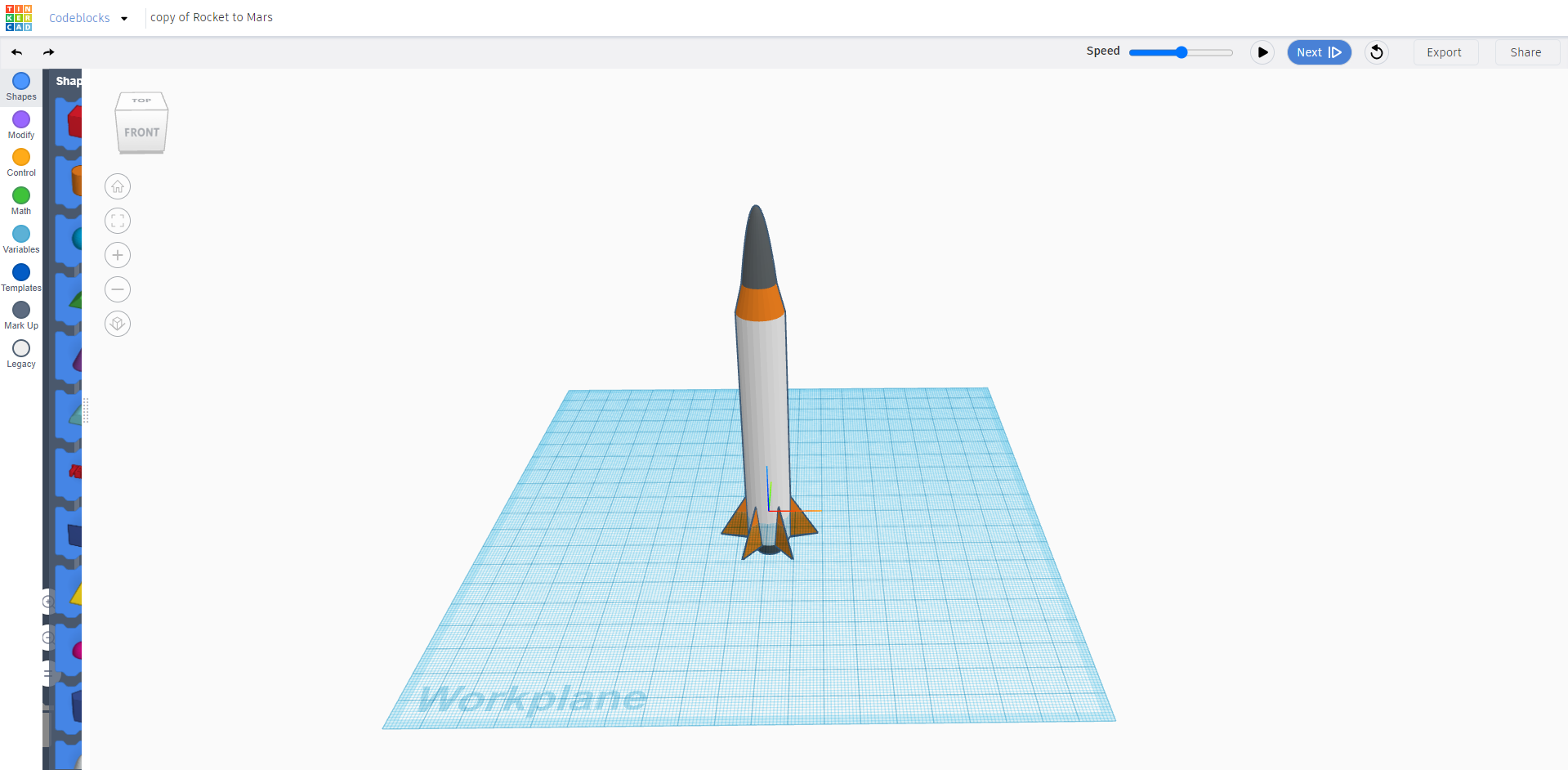
Autodesk Tinkercad is the most basic and beginner-friendly CAD application. While the rest of the softwares on this list are desktop applications, Tinkercad is a web-based CAD software. This means it is accessible from a browser, rather than from a downloaded desktop app.
Because of its simplicity, Tinkercad is often used by schools to introduce students to design and CAD. There are very limited tools, creating objects mainly consists of placing shapes in a variety of ways, combing and subtracting them to create an object to 3D print. Because of the very simple tools that Tinkercad offers, as well as the fact that the software is free for anyone, it’s a perfect choice for students being introduced to CAD and 3D printing, and the educators that are introducing them.
SketchUp
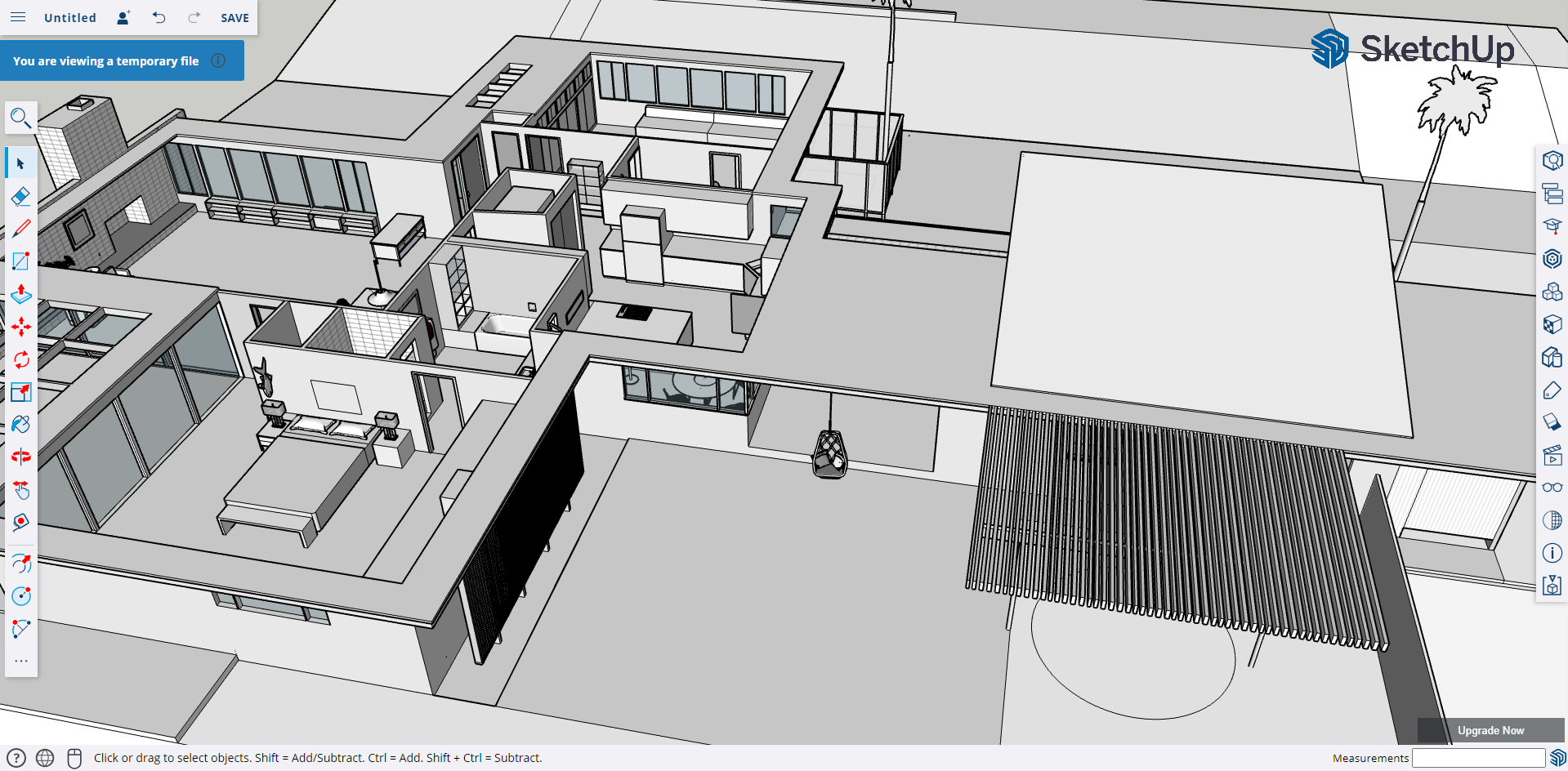
Like Tinkercad, SketchUp is one of the most basic and beginner-friendly CAD applications that many people (including me) have used to start their 3D printing journey. However, even professionals use SketchUp, as some subscriptions include professional tools for architecture and design.
While the learning level is similar to that of Tinkercad, many people prefer learning CAD using SketchUp because of the variety of beginner-level tools that Tinkercad doesn’t possess. In the free web version that people use for education, users are introduced to many tools that give them a more customized experience than Tinkercad. SketchUp’s beginner toolkit includes tools for drawing lines and custom shapes, pushing and pulling sketches, moving and scaling objects, and measuring lengths and angles. These tools are the foundation of all CAD softwares, beginner and advanced, and SketchUp simply provides them to help students understand the concept of CAD design.
Prices for subscriptions vary based on the features of each plan, however, students can get a beginner-level web-based version of SketchUp for completely free.
Autodesk Fusion 360
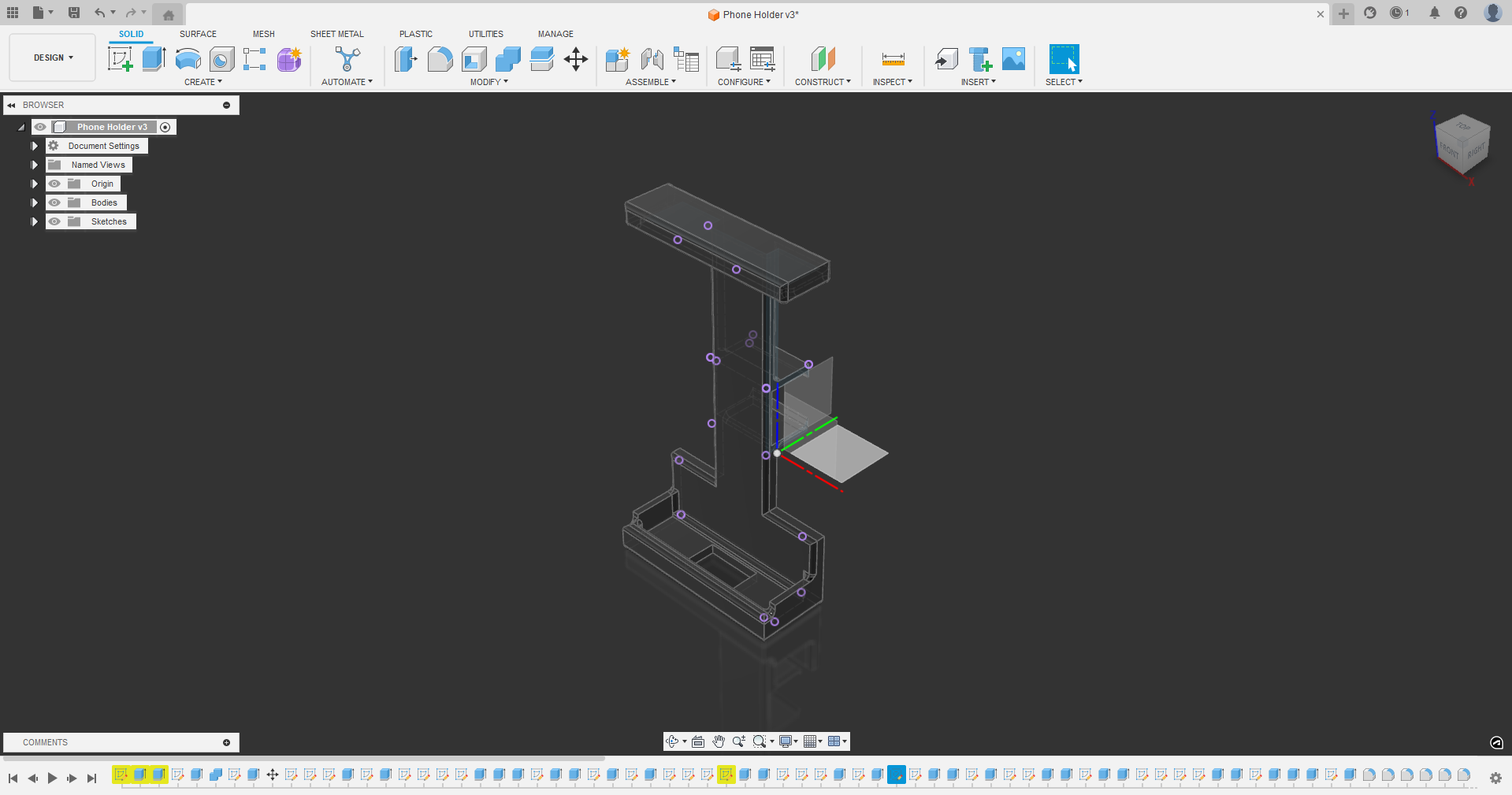
Autodesk Fusion 360 is a CAD software that provides tools for beginner-level and professional mechanical design. While still being around the same learning level as SketchUp for beginners, Fusion 360 also includes a vast variety of tools that go far beyond the capabilities of Tinkercad and SketchUp.
While SketchUp is most often used by architects and interior/exterior designers, Fusion 360 excels in mechanical design, the design of different parts and components of a mechanical system. The assortment of tools that Fusion 360 provides makes it a reliable software for students working on advanced projects. While many of the tools in the toolset are advanced, professionals prefer more efficient and powerful softwares to design products.
Similarly to Sketchup, there are a variety of different subscription plans that Autodesk offers for Fusion 360, based on the features each plan includes. However, high school and college students can get Fusion 360, as well as other software that Autodesk provides, for completely free after providing proof that they are students of a valid institution.
Industry Level CAD Softwares
Solidworks
Solidworks is one of the most well-known and most used professional CAD software in the industry. The software is mostly used by companies to design mechanical components, mechanical systems, and different products.
While very similar to Autodesk Fusion 360, Solidworks has a more powerful toolset that creates a more customizable experience. The many high-level features and capabilities of Solidworks makes it one of the most popular CAD softwares for companies in the mechanical and product design industry.
However, considering the increase in complexity from Fusion 360 to Solidworks, it’s often not recommended to learn Solidworks as your first CAD software. Because of the high learning curve, many students have found more success in learning beginner-level CAD software before diving into Solidworks.
Autodesk AutoCAD
Autodesk AutoCAD is the most widely used CAD software in the engineering industry. Whether used for mechanical design, biomedical engineering, aerospace and automotive engineering, architecture, or civil engineering, AutoCAD has a dynamic toolset that complements almost all fields of engineering.
Many differences exist between AutoCAD and Solidworks. Solidworks is mostly used for the 3D design of components using simulations to test the effectiveness of models. While AutoCAD includes 3D modeling features, it mostly excels in 2D technical drawing and drafting.
Because of the differences in toolsets between AutoCAD and Solidworks, both software are used for different purposes. Autodesk AutoCAD is very effective at communicating ideas and designs in the form of 2D drawings. Solidworks is more effective at producing 3D models and designs to manufacture.
3D Modeling Softwares
Blender
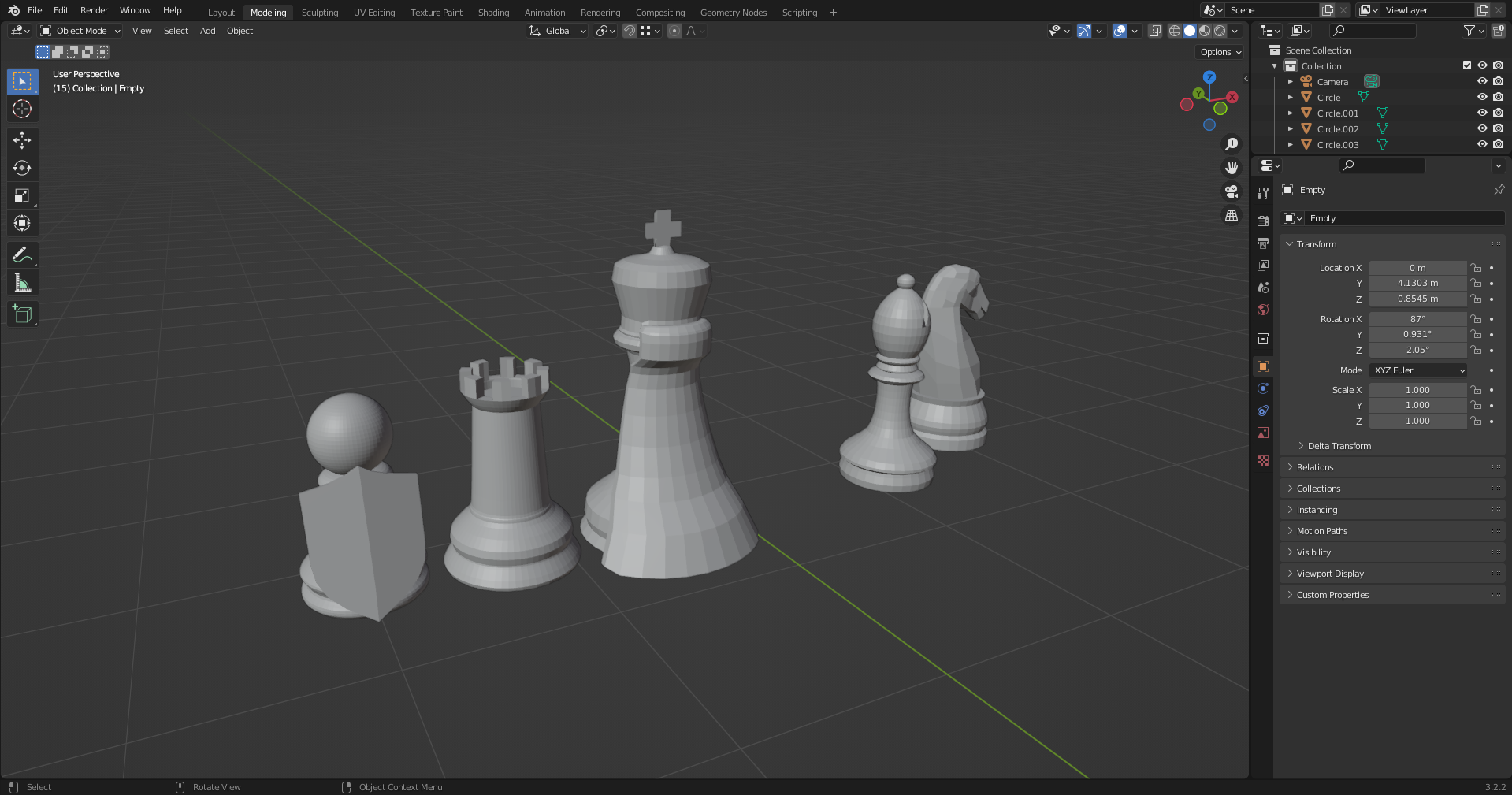
Blender is one of the most popular 3D modeling softwares for hobbyist modelers and animators. Because of the vast range of accessibility and high-level features, while remaining completely free to all users, Blender is considered by many to be the most reliable artistic modeling and animation software.
Although Blender is free for all users, it still possesses a very expansive set of tools and features. These features include 3D modeling, sculpting, shading/coloring, rigging/animation, rendering, and more.
Blender is commonly used to make animated short films, character/object designs for video games, 3D effects for commercials, and many other purposes.
Autodesk Maya
Autodesk Maya is very similar to Blender, as both softwares contain tools and features that are alike, and serve many of the same purposes. While Blender is often used by hobbyists and individual artists, Maya is often used by professional teams and companies.
Maya includes all of the features of Blender and more at a higher level, including modeling, sculpting, rigging/animation, rendering, shading/coloring, and more. However, Maya is also more expensive and harder to learn compared to Blender. This makes Maya a better option for professional teams to produce corporate-level projects like animated films, rather than for hobbyists.
Summary
CAD is used in every aspect of engineering, from designing 3D products and mechanical systems to mapping out larger systems like infrastructure projects or buildings. CAD software provides accurate and precise tools to produce designs for engineering projects, while 3D modeling software provides more artistic features to make animated films and video game models.
Both CAD and 3D modeling play significant roles in countless industries for engineering and entertainment and will continue to be crucial for the development of future products and technology.
